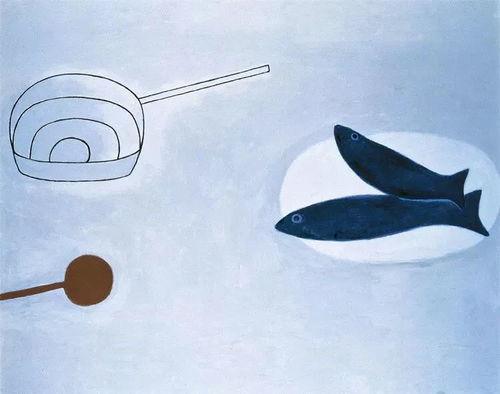Content:
As an angler, one of the fundamental skills you need to master is the art of tying line knots. Whether you're a beginner or a seasoned fisherman, understanding how to properly tie line knots is crucial for the success of your fishing trips. In this article, we'll explore some simple yet effective techniques for tying line knots, ensuring that your fishing line is secure and ready for the catch of a lifetime.
Understanding the Importance of Line Knots
Before diving into the techniques, it's essential to understand why line knots are so important. A well-tied knot ensures that your fishing line remains secure, preventing it from slipping off the hook or becoming tangled. Additionally, a properly tied knot can handle more pressure, which is crucial when fighting a strong fish.
Basic Knot Types for Anglers
There are several basic line knots that every angler should know. Here are three popular knots that are relatively simple to tie and effective for various fishing scenarios:
Improved Clinch Knot The Improved Clinch Knot is a versatile and reliable knot for attaching lures, hooks, and swivels to your fishing line. Here's how to tie it:
- Start by making a loop in your line and passing the end of the line through the loop.
- Make a second loop in the line, larger than the first, and pass the end of the line through this new loop.
- Cross the end of the line over the first loop and pass it through the second loop.
- Moisten the knot with saliva or water and pull the tag end to tighten the knot.
- Finally, trim the tag end close to the knot.
Palomar Knot The Palomar Knot is a simple and strong knot that is excellent for attaching hooks and lures. Here's how to tie it:
- Make a loop in your line by passing the end of the line through the eye of the hook or lure.
- Double the line over itself and pass the doubled line through the loop you just created.
- Make a second loop in the doubled line and pass the end of the line through this new loop.
- Moisten the knot and pull the tag end to tighten the knot.
- Trim the tag end close to the knot.
Albright Knot The Albright Knot is a very strong and versatile knot that is great for joining two lines or attaching a swivel to a line. Here's how to tie it:
- Make a loop in your line by passing the end of the line through the eye of the swivel or another line.
- Make a second loop in the line, larger than the first, and pass the end of the line through this new loop.
- Cross the end of the line over the first loop and pass it through the second loop.
- Moisten the knot and pull the tag end to tighten the knot.
- Trim the tag end close to the knot.
Practical Tips for Tying Line Knots

- Practice Makes Perfect: Like any skill, tying line knots takes practice. Spend time practicing these knots until you can tie them quickly and efficiently.
- Use the Right Line: Different types of fishing lines may require different knot techniques. For example, braided lines often work better with certain knots than monofilament lines.
- Keep Your Knots Tight: When tying knots, make sure they are tight and secure. Avoid over-tightening, as this can cause the line to break.
- Test Your Knots: Before heading out on your fishing trip, test your knots by applying tension to them. This will help you ensure that they are strong and reliable.
Conclusion
Tying line knots is a fundamental skill that every angler should master. By understanding the basic types of knots and practicing the techniques, you can ensure that your fishing line is secure and ready for any challenge. Whether you're casting a lure or setting the hook on a big fish, knowing how to tie a line knot correctly can make all the difference. So, take the time to learn these simple yet effective techniques, and you'll be well on your way to becoming a more skilled and successful angler. Happy fishing!












